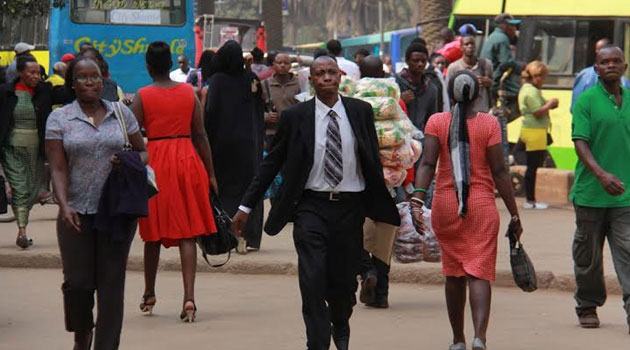Kenya is forecasted to record the highest GDP growth in Sub-Saharan Africa in 2021, according the World Bank’s Global Economic Prospects report.
The report noted that while global economic output continued to recover from the effects of the pandemic, it would remain below pre-Coronavirus levels for prolonged periods. The same is true for Sub Saharan Africa, where output contracted by an estimated 3.7 per cent — a per capita income decline of 6.1 per cent representing the deepest contraction on record.
Growth in the region is expected to rebound moderately to 2.7 per cent in 2021, before rising to 3.3 per cent in 2022. The expected 2.7 per cent growth is 0.4 percentage points less than previously predicted in June 2020.
Kenya’s GDP is projected to grow by 6.9 per cent in 2021, the highest figure for the region.
Nigeria and South Africa, Sub-Saharan Africa’s largest economies, are expected to see GDP growth of 1.8 and 1.7 per cent respectively.

Kenya, Ethiopia and South Africa were identified as countries that had managed to slow large Covid-19 outbreaks although outbreaks persisted in the second half of 2020 with little sign of abating. Various mitigation measures put in place have therefore further weighed down economic growth.
The 6.7 per cent fall in per capita income for the region is expected to carry on into 2021, with a further 0.2 per cent decline expected.
READ>>>>>IT Firms, Govt Offered Most New Jobs During Covid-19 – Report
“The resultant decline in per capita income is expected to set average living standards back by a decade or more in a quarter of Sub-Saharan African economies, with even more severe setbacks in Nigeria and South Africa—home to one-quarter of the region’s population,” the World Bank observed.
Macro-economic factors contributed as Nigeria and South Africa suffered worse than expected hits from the pandemic.
Falling oil activity and low prices, as well as difficulties in transporting agricultural inputs and products to markets saw Nigeria’s economy shrink by 4.1 per cent – 0.9 percentage points higher than was predicted.
South Africa suffered the most severe COVID-19 outbreak on the continent resulting in strict response measures, contributing to a 7.8 per cent decline in output. Decisive monetary and fiscal policy support, however, likely prevented an even greater contraction.
The report noted that the expected distribution of Covid-19 vaccines would bolster consumer and economic confidence in the region although the process faces several hurdles.
Logistical challenges including poor transport infrastructure and distribution systems, and lack of adequate cold storage facilities were identified as risks.
Kenya expects to receive 24 million doses of the Oxford-AstraZeneca vaccine in January 2021, with a further 12 million doses to be procured.
The state is counting on the vaccination program to revitalize the economy, particularly hard-hit sectors such as tourism and hospitality.
The World Bank further noted that banks were likely to continue to witness increases in non performing loans.
It noted that the situation would be markedly worse if countries prematurely withdrew fiscal and monetary support measures.
In Kenya, pre-pandemic income tax rates made a comeback on January 1st after the government withdrew relief measures introduced in April 2020.

















Leave a comment